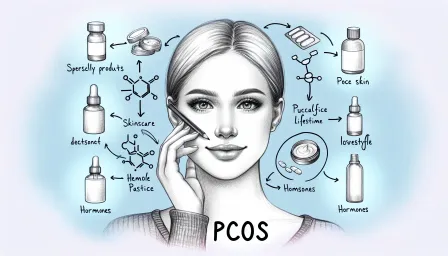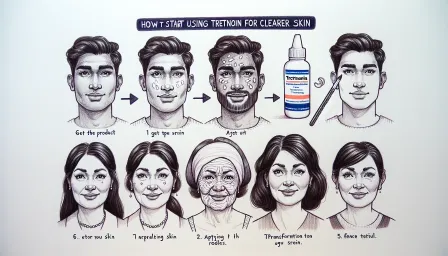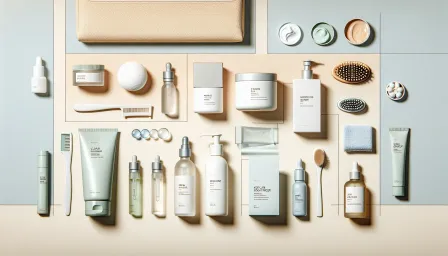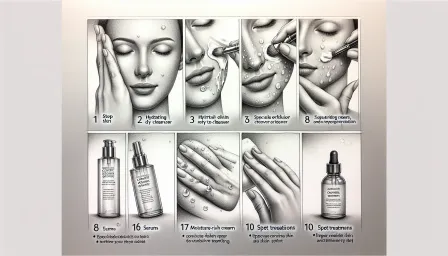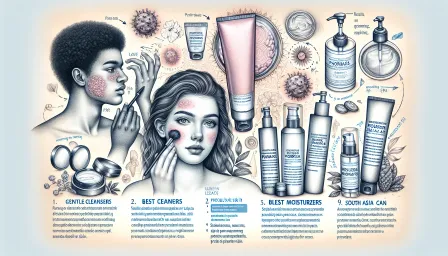Japanese vs Korean Skincare: Which Routine Should You Follow?
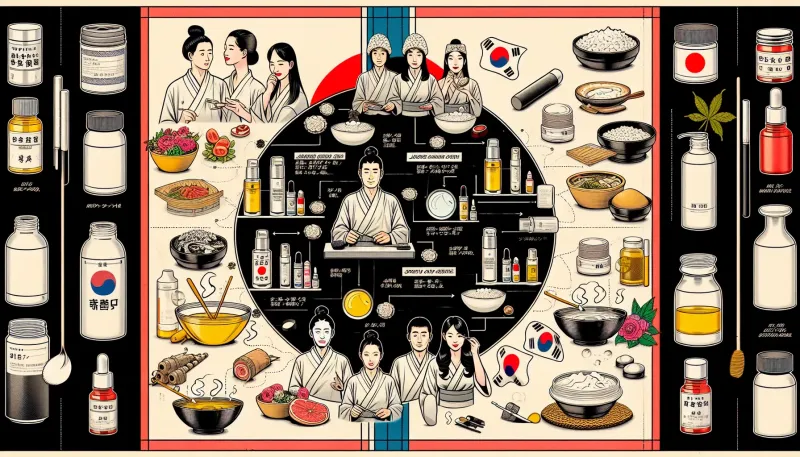
Discover the differences between Japanese and Korean skincare routines. Find out which skincare regimen is best for your skin type and individual needs.
When it comes to achieving flawless skin, two countries stand out: Japan and Korea. Both nations have skin care regimens that promise youthful, radiant, and healthy skin. But how do you decide which routine is right for you? In this article, we'll explore the key differences between Japanese and Korean skincare routines, helping you make an informed decision based on your individual needs.
Understanding the Culture and Philosophy
Japanese Skincare Philosophy
Japanese skincare is rooted in simplicity and efficacy. The focus is on gentle, non-invasive methods that prioritize long-term skin health. The Japanese value minimalism, emphasizing the use of fewer but high-quality products.
Korean Skincare Philosophy
Conversely, Korean skincare is known for its comprehensive and multi-step routines. The philosophy here is to treat and prevent issues by layering a variety of products, each targeting specific concerns. Innovation plays a crucial role in Korean skincare, leading to a plethora of unique ingredients and formulations.
Key Components of Each Routine
The Japanese Skincare Routine
The typical Japanese skincare routine includes the following steps:
- Oil Cleanser: Removes makeup and impurities.
- Water-Based Cleanser: Ensures deep pore cleansing.
- Exfoliator: Used less frequently, typically once or twice a week.
- Essence/Lotion: Hydrates and preps the skin for further treatments.
- Moisturizer: Locks in hydration.
- Sun Protection: A crucial daily step to prevent UV damage.
The Korean Skincare Routine
The classic Korean skincare routine is more extensive and includes the following steps:
- Oil Cleanser: Removes oil-based impurities like makeup.
- Foam or Water-Based Cleanser: Removes water-based impurities like sweat.
- Exfoliator: Typically used two to three times a week to remove dead skin cells.
- Toner: Balances the skin's pH and adds a layer of hydration.
- Essence: Targets hydration and anti-aging concerns.
- Serums/Ampoules: Focus on specific issues such as brightening or acne.
- Sheet Masks: Used two to three times a week for intensive treatment.
- Eye Cream: Focuses on the delicate skin around the eyes.
- Moisturizer: Seals in all the previous layers of hydration.
- Sun Protection: An essential daily step to prevent UV damage.
Ingredients and Innovation
Popular Ingredients in Japanese Skincare
- Rice Bran: Rich in vitamins and antioxidants, used for its moisturizing and anti-aging properties.
- Green Tea: Known for its anti-inflammatory and antioxidant effects.
- Seaweed Extract: Provides hydration and nutrients to the skin.
- Hyaluronic Acid: Intensely hydrating ingredient that retains moisture.
Popular Ingredients in Korean Skincare
- Snail Mucin: Known for its regenerative and healing properties.
- Cica (Centella Asiatica): An anti-inflammatory ingredient that promotes skin healing.
- Propolis: A natural extract from bee hives, known for its anti-bacterial and soothing properties.
- Niacinamide: A form of Vitamin B3, effective for brightening and anti-aging.
Which Routine is Best for You?
Consider Your Skin Type
Understanding your skin type is critical in choosing the right skincare routine. Here's a quick guide:
- Oily Skin: Both Japanese and Korean routines can work, but opt for lightweight, non-comedogenic products.
- Dry Skin: The hydrating steps in both routines will be beneficial, though Korean routines offer more layers of hydration.
- Sensitive Skin: Japanese skincare might be more suitable due to its minimalist approach, reducing the risk of irritation.
- Combination Skin: A hybrid approach could be ideal, selecting beneficial steps from both routines.
Time and Commitment
If you prefer a quick and efficient routine, Japanese skincare might be up your alley. However, if you enjoy taking time for your skincare and are keen on experiencing various products, the elaborate Korean routine could be more enjoyable.
Budget Considerations
Both routines can range from budget-friendly to high-end. However, because the Korean routine includes more steps, it can be costlier over time. Japanese routines typically use fewer products but focus on higher quality, often resulting in similar budget outcomes.
Final Thoughts
Ultimately, the choice between Japanese and Korean skincare routines depends on your personal skin needs, lifestyle, and preferences. Both regimens offer outstanding benefits and can lead to healthy, glowing skin when followed diligently. Assess your skin type, time, and budget to decide which routine suits you best, and don't be afraid to mix and match elements from both cultures to create a customized regimen that works for you.
Remember, the key to skincare success lies in consistency and using products that address your unique skin concerns. Whether you opt for the simplicity of Japanese skincare or the elaborate layers of Korean skincare, achieving radiant skin is well within your reach.




